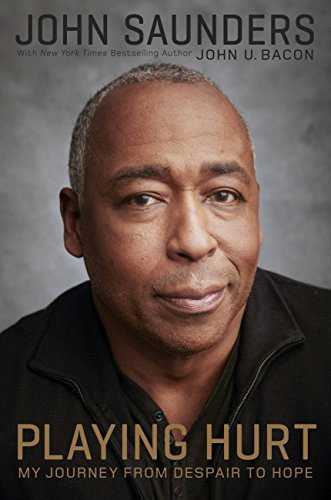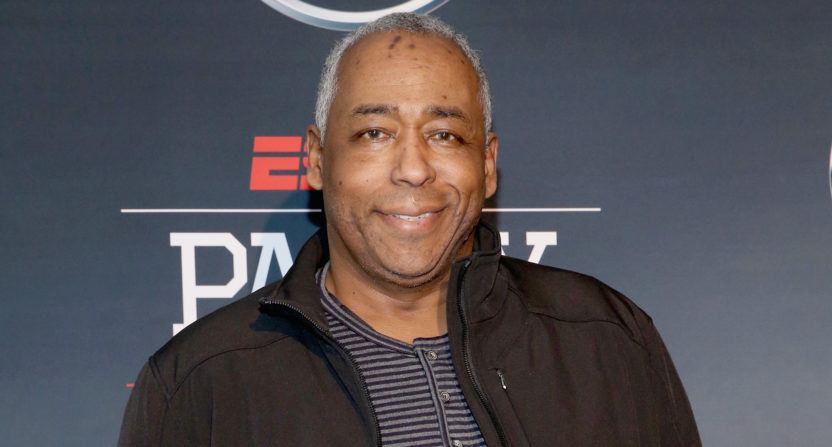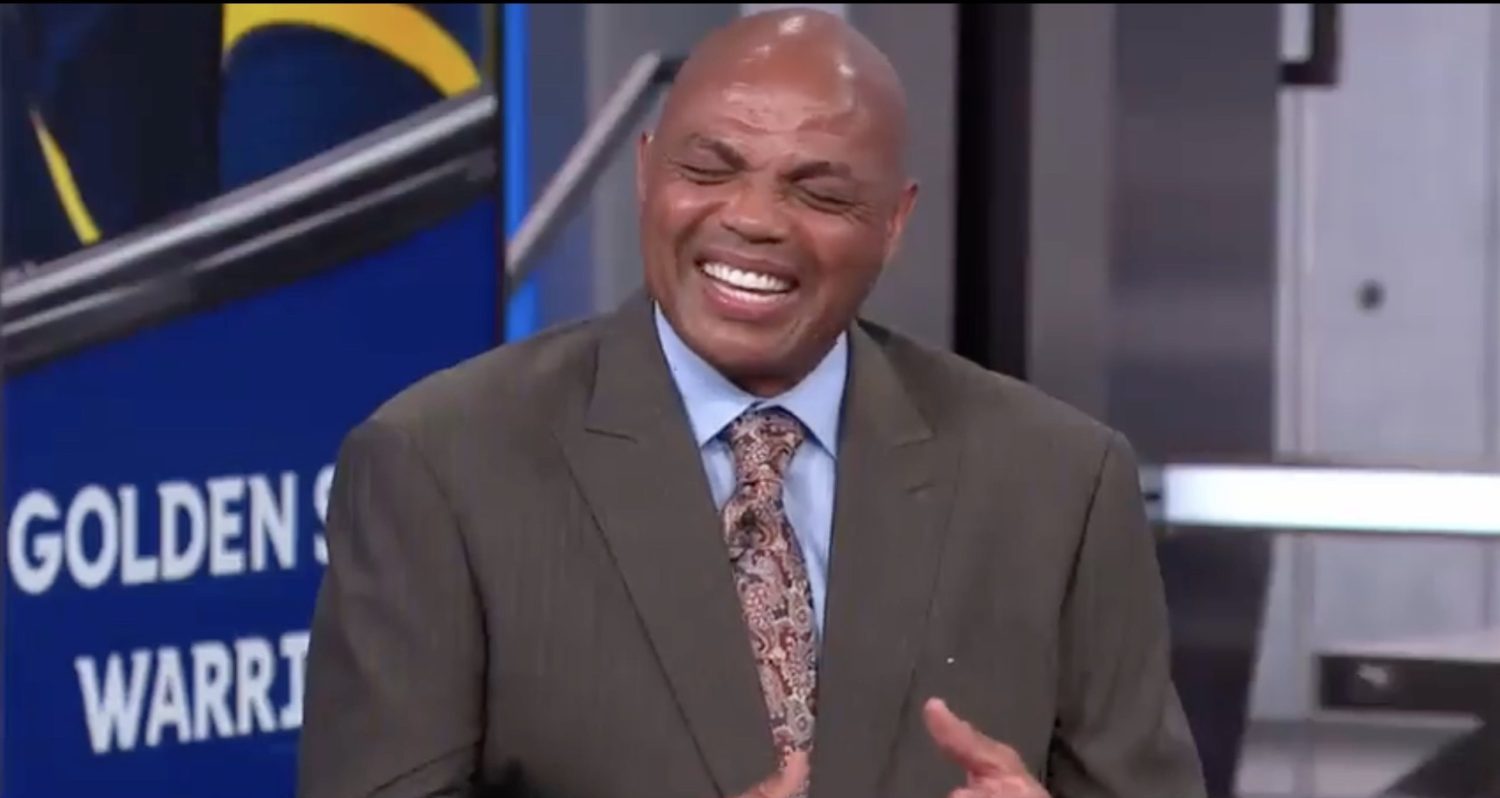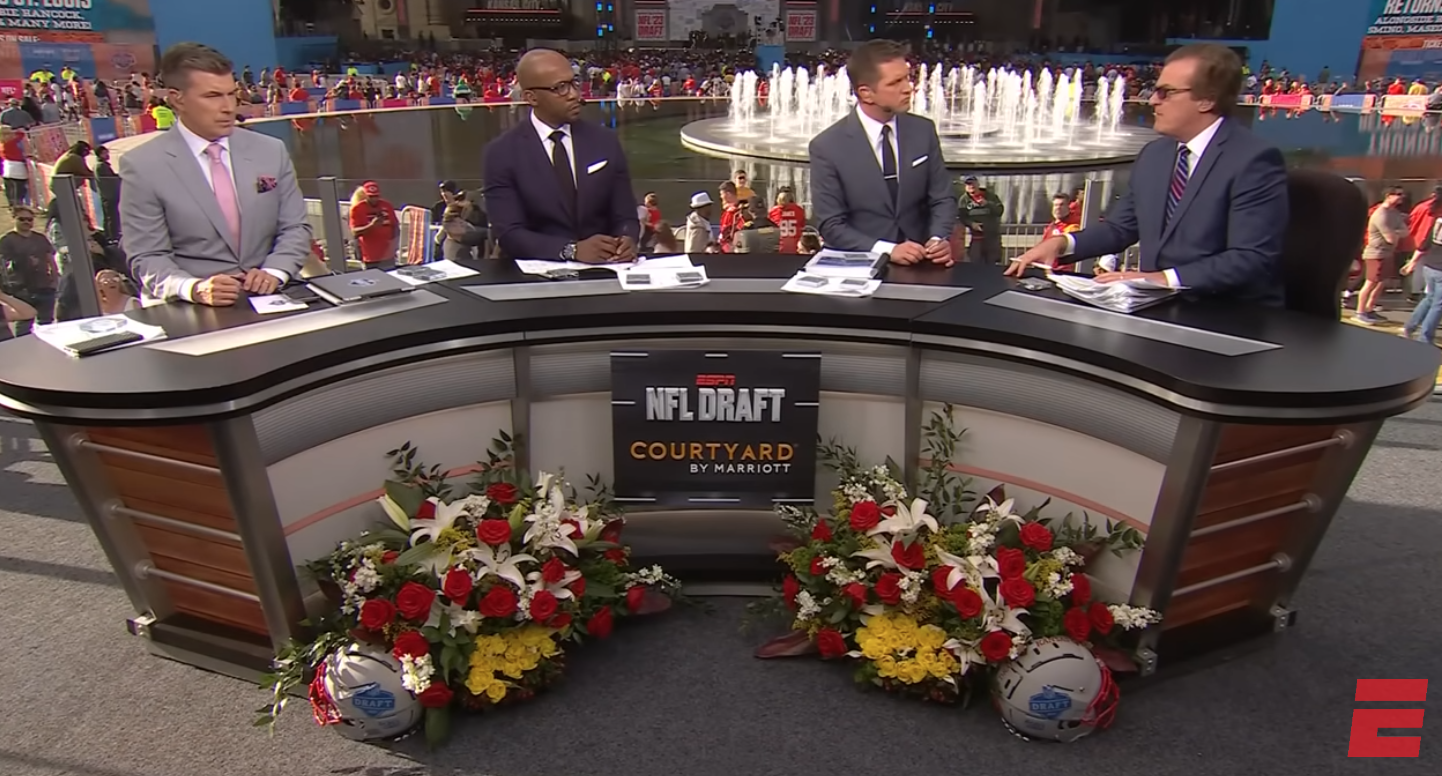When the first excerpt from John Saunders’ memoir, Playing Hurt, was released this past June, I was stunned at how honest and vivid the content was. When I began to read the book, I immediately realized that the honesty and vividness wasn’t limited to just that excerpt. Throughout Playing Hurt: My Journey from Despair to Hope, Saunders and author John U. Bacon dive deep into the topic of mental health, describing Saunders’ mindset as he battled depression throughout nearly his entire life.
As you could imagine, this isn’t the typical sports memoir, focusing on career highlights and lowlights and the author patting themselves on the back. Instead, Playing Hurt focuses on the physical, mental, and emotional trauma that Saunders was subjected to during his life. The book is divided into four sections, each focusing on a different part of Saunders’ life. The first section is about his difficult upbringing in Canada, which consisted of molestation by a family friend and both physical and verbal abuse by his father. The second section focuses on Saunders’ entrance into the broadcasting world and the depression that accompanied it.

The third section deals with Saunders’ stay at a psych ward in New York’s Mount Sinai Hospital and his recovery from a concussion suffered on-set at ESPN in 2011, while the fourth section deals with the final years of Saunders’ life, his ongoing battle with depression, and his heart attack in 2012.
Throughout the book, Saunders doesn’t shy away from topics that he hid from many during his life, including numerous suicide attempts. He doesn’t omit many (if any) details when discussing what was going through his mind as a college hockey player in Toronto with a broken leg, cutting his wrists in the bathtub. The details painted of an older Saunders, stopping on the Tappan Zee Bridge in New York to contemplate jumping to his death, are chilling.
The details of Saunders’ recovery from a concussion are also eye-opening, especially given how many professional athletes experience head trauma and continue about their business on the field/court/ice like nothing happened. It took nearly two months for Saunders to return to the airwaves following the concussion, and another six months after that for him to truly feel better. During the recovery, his depression also worsened, continuing a spiral that had consumed Saunders for much of his life.
The true tragedy of Saunders’ life is that he didn’t live to see Playing Hurt get published. His death in August of 2016 came far too soon, and had he lived, Saunders would have been able to discuss his battles with depression and head trauma in interviews and potentially on the air at ESPN, which could have urged others to seek help.
With that being said, Playing Hurt is an essential read for anyone, not just those battling depression or were fans of Saunders’ work at ESPN. It’s not a light read by any stretch of the imagination, but it is an important, enlightening read that will hopefully push more people to be open and public with their battles with depression and nudge those who feel like they need help to get the help that they deserve.






